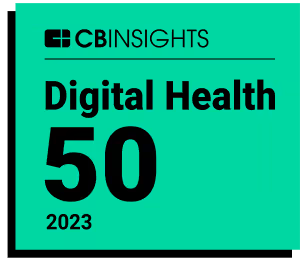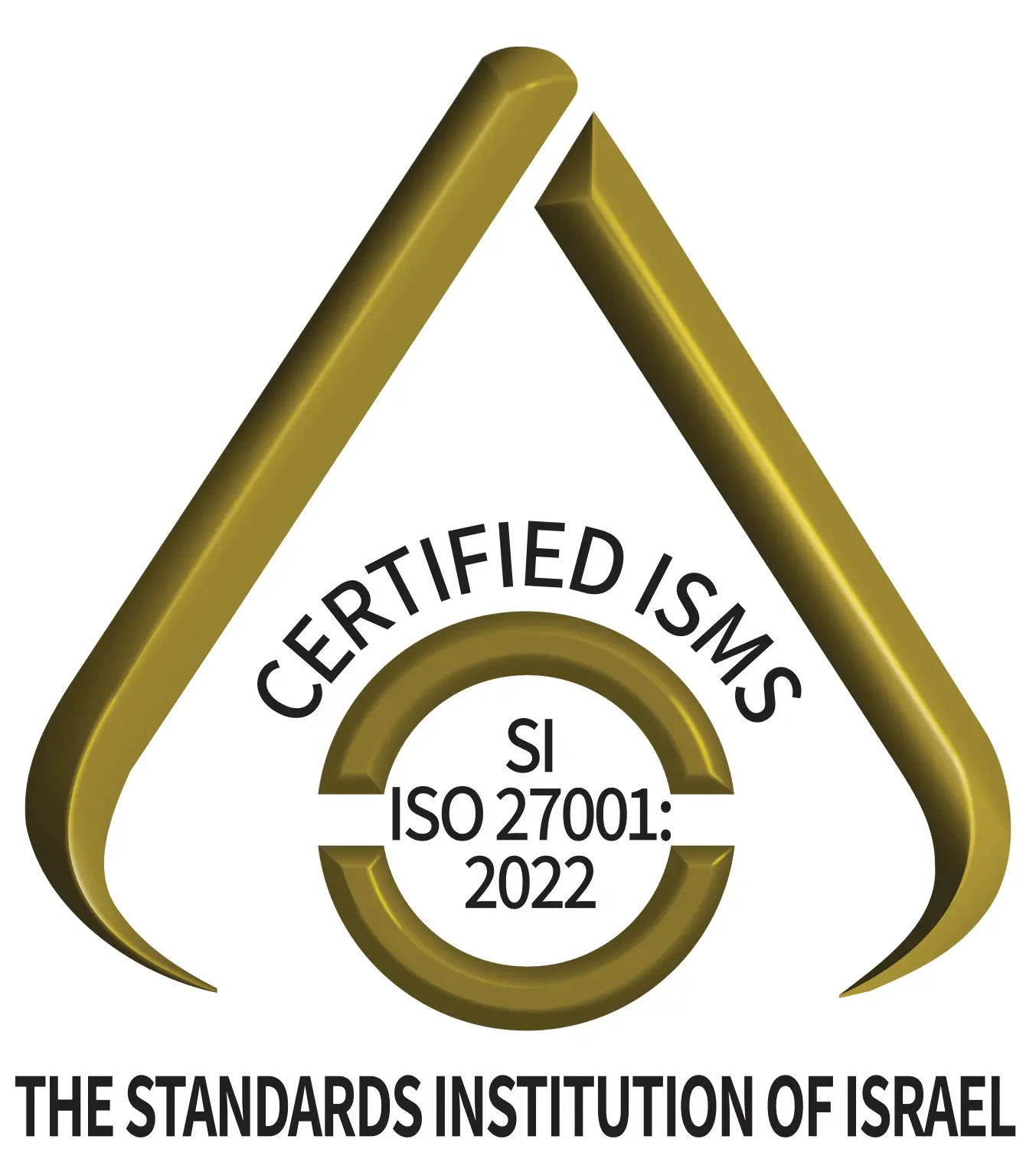Ronen Lavi and Shay Perera have spent years working to develop and deploy AI in one of the most demanding environments in the world—the elite intelligence units of the Israel Defense Forces (IDF). Lavi established and led the AI Lab of Israel’s Military Intelligence and Perera served there as manager of machine learning and computer vision research and development.
After being awarded a National Security Award in 2018, they left the IDF to launch a startup, as many Israelis with similar experience and skills have done before them. But in their case, it wasn’t a cybersecurity or fintech or proptech startup, but a healthcare startup, joining the most recent thriving sector in the booming Startup Nation of Israel.
The rapid digital transformation of the healthcare industry worldwide, the proliferation of healthcare data, the increasing complexity of healthcare (including its administration), the dearth of qualified personnel—and the Covid pandemic—have all contributed to a rising demand for AI solutions, intended to assist with detection, diagnosis, treatment, preventive care and wellness.
The wealth of data that is produced by digitized medical records is what modern AI approaches (deep learning) require so they can “learn” from examples, automate certain decisions, and provide a helping hand to physicians and healthcare staff. But it also contributes to a “data overload” that is simply impossible to digest. “The intuitive belief that more data is inherently a good thing, is a misguided notion. Without sense-making tools, more data doesn’t mean better patient understanding,” says Perera, Navina’s CTO.
The data overload frustrates physicians and causes burnout. A recent study concluded that physician burnout “has negative consequences for physician wellness, patient care, and the health care system” and that “50% of physicians in the United States experience burnout, now considered by many experts to be an epidemic.”
The data overload lands on overburdened physicians at a critical moment. “There are thousands of data points that physicians need to review in a few minutes before seeing the patient,” says Perera. The “patient portrait” Navina provides is a one-page summary, extracting critical information from many sources, including PDFs or images of faxes that the physicians are hard-pressed to search. “We teach the machine how to understand the different languages of the different data sources, and how to connect the dots so the physicians get a summary document in one language they can understand,” says Perera.
To accomplish this, Navina developed NLP (natural language processing) models which extract and structure the data into medical ontologies, and using deep learning, Navina analyzes it to associate each piece of information with a specific medical terminology code.
In addition, Navina has developed a proprietary medical knowledge graph, which it uses to connect the different medical ontologies. The knowledge graph is based both on medical literature, and on Navina’s state-of-the art datasets, curated by its professional team of medical doctors, and used for training Navina’s machine learning models. Once trained, Navina’s AI engine can provide links between diagnoses, medications, labs, vitals, consult notes, imaging and more. These medically guided maps allow it to provide alerts regarding missed diagnoses, abnormal results, missing labs, and missing tests.
This is a great example of what AI pioneer Andrew Ng has recently called data-centric AI, urging the improvement in the quality of the data used to train AI programs and building the tools and processes required to put data at the center of developers’ work. Especially in healthcare, where the data sets are relatively small, the quality of the data and making sense of it are crucial for the success of AI-driven solutions.
Navina is not only data-centric, patient data-centric, it is first and foremost, physician-centric. Addressing the specific “pain points” and business needs of the intended customers is important for the success of any new venture, but especially so in healthcare. It is a market with numerous individual decision-makers—physicians and medical practices. It is a market that has been notoriously slow to adopt new, computer-based tools.
Lavi, Navina’s CEO, says his and Perera’s experience in the army with the introduction of new technologies has been a great help for them. “The only way to succeed it is to go from the bottom up, to work with your users from day one,” he says. With Navina, they started working directly with physicians and found the “right design partners,” such as the American Academy of Family Physicians. “Build it step by step, understand the workflow and the right accelerators, get the physicians on board, put the physician in the center and then get the right economics from it,” Lavi adds.
The “right economics” have a lot to do with the shift in the U.S. to value-based healthcare. This is a healthcare delivery model in which providers are paid based on patient health outcomes and are rewarded for helping patients improve their health, reduce the effects and incidence of chronic disease, and live healthier lives.
In this new model, Navina helps physicians increase their reimbursements by ensuring that the right coding for specific conditions is applied to each patient. For example, the Centers for Medicare & Medicaid Service (CMS) risk adjustment model calculates risk scores for Medicare Advantage patients. A Risk Adjustment Factor (RAF) is assigned to each eligible Medicare Advantage beneficiary, based on their health conditions and other factors. Higher risk scores represent patients with a greater than average disease burden.
The detection (and coding) of chronic conditions and their treatment, for example, assisted by Navina’s AI, could translate into thousands of dollars in additional monthly income for providers (in addition to reducing the administrative burden on physicians and coders).
After three months of deployment at Northern Ohio Medical Specialists (NOMS Healthcare), an independent physician group with over 250 providers and 30 specialties, NOMS has seen “a significant increase in HCC-RAF (Risk Adjustment Factor) scores, which is expected to translate into several million dollars in revenue over the upcoming calendar years.”
Announcing the results of this deployment, Jennifer Hohman, a family physician and NOMS Board Chair, said that “using Navina is like having another physician at my side. A partner who can instantly read through the entire record - including every consult or discharge note - and then give me only the data I need, so that I don’t miss anything.”
To gain initial feedback from physicians and use it to improve the AI engine, Navina is first targeting medium-size practices, says Lavi, but it is already working with larger ones. Perera credits their success in deploying their software in just three months to their use of AWS resources “to accelerate the process,” citing AWS’s scalable solutions specifically tailored to healthcare and its security and access control functionality.
Jared Saul, Global Lead at AWS for Healthcare & Life Sciences Startups and Investors, concurs: “AWS provides the cloud infrastructure and advanced services that help Navina to turn millions of structured and unstructured patient records into clear, actionable diagnostic summaries, which have the potential to make a huge difference for doctors and patients.”
Lavi and Perera say they are excited to see their startup participate in the larger movement of healthcare transformation, a movement encouraging data sharing, successful deployment of new and innovative practices, and using AI to improve healthcare delivery.







.png)















